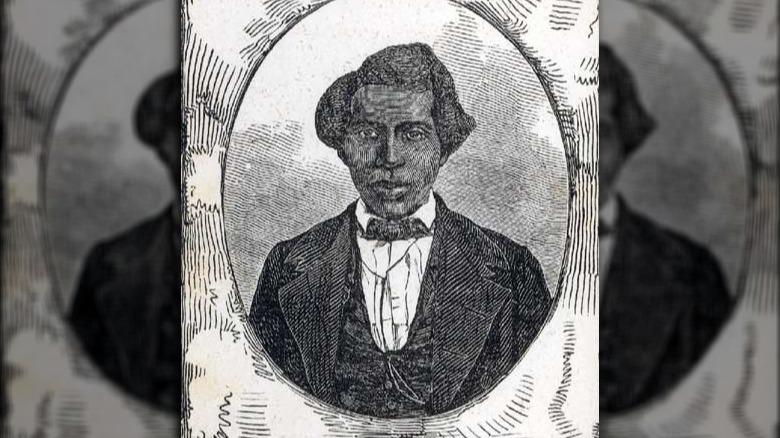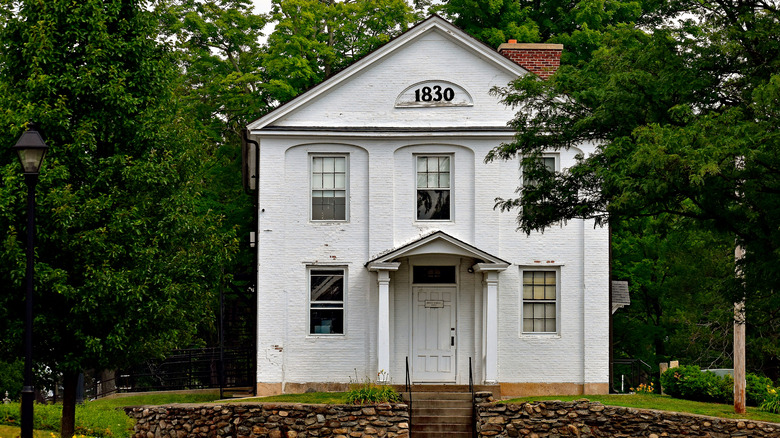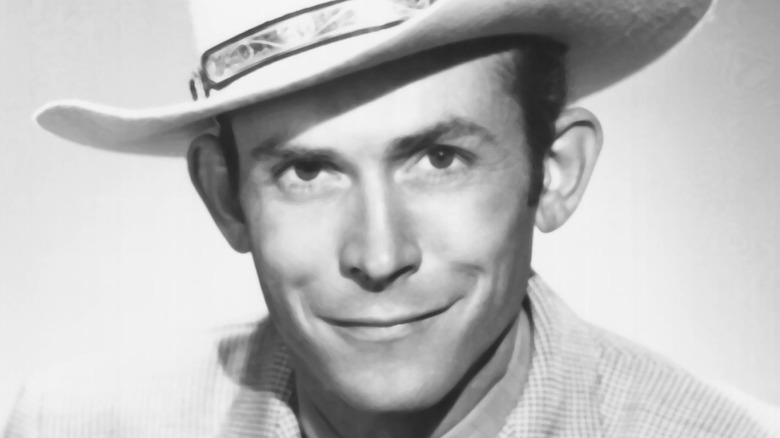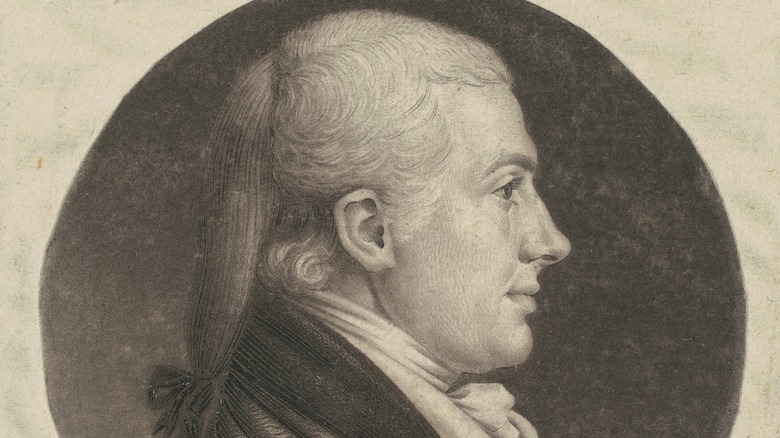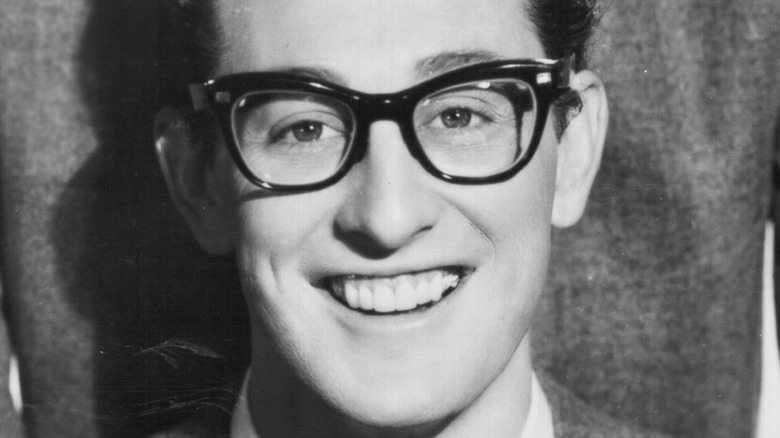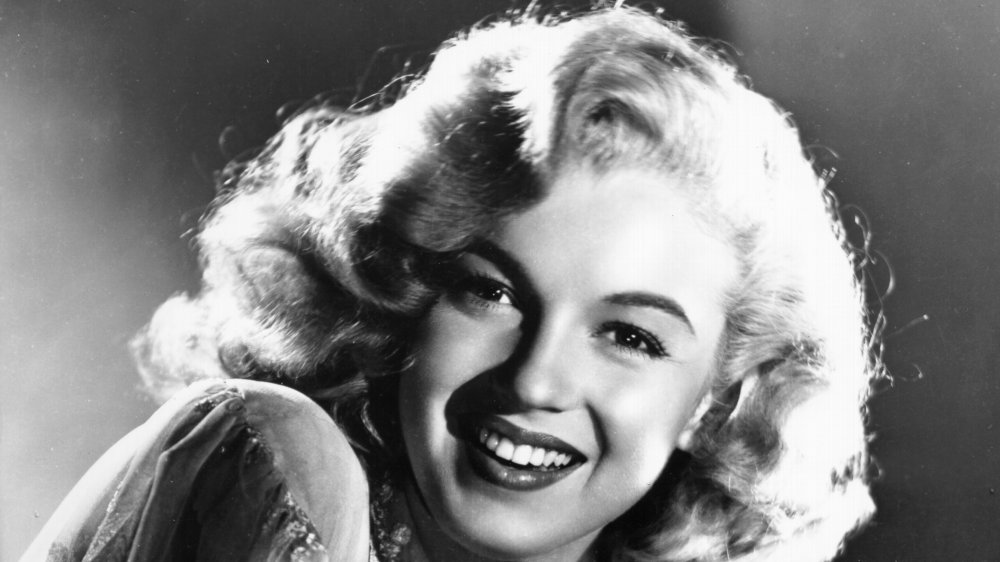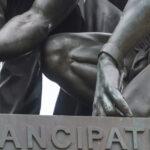
The Untold Truth Of Abolitionist Tunis G. Campbell
In the decade or so following the American Civil War, just before the Jim Crow era took hold, many unsung heroes fought diligently not just to free former slaves, but more importantly, to free the world of slavery. These brave heroes were called abolitionists (via History), and this significant time period was known as the Reconstruction Era (via History).
During the brief but impactful Reconstruction Era, many abolitionists achieved fame and accolades. Sadly, since history was tainted with the bitter taste of racism, African American abolitionists were much less likely than their white counterparts to receive the recognition they deserved. History proclaims that Black men and women accounted for “some of the most prominent leaders of the movement,” yet even to this day, many of their stories remain untold.
It is for this reason that one of the most noteworthy historical figures to date slipped right through the cracks of American classrooms. African American Reconstruction Era abolitionist Tunis G. Campbell accomplished more in a few years than most people can in an entire lifetime.
Tunis G. Campbell was an African American abolitionist born free
While many websites speak of former slaves joining the abolitionist movement, Tunis G. Campbell notably stands out even within this context. Unlike other better-known figures from this time, Tunis Campbell was born free in 1812 (via New Georgia Encyclopedia). His parents, who were also free, brought 10 remarkable children into the world. These children were highly educated, despite the many obstacles faced as a result of growing up during this time period.
Even though never personally enduring the atrocities of slavery, Tunis was passionate about taking a stand against this particularly brutal brand of oppression. During his time as an abolitionist, he founded an anti-colonization society, took up ties with legendary activist Frederick Douglass (via Black Past), and became an active participant in the Colored Convention Movement. He was a fierce leader, who inspired countless other leaders and educated the next generation. Beloved by Americans of all races and ages, he is perhaps most famous for vowing, “never to leave this country until every slave was free on American soil.”
Tunis G. Campbell set up a community in the Georgia Sea Islands
According to Black Past, Tunis G. Campbell was disheartened upon realizing that the movement he initially joined, the American Colonization Society, was focused solely on saving African Americans who were already free. Their goal was to send freed men and women to Liberia, where they might be able to start a life far from their oppressive birthplace. Wanting to do even more for the people who shared his reflection, the reverend set his sights much higher.
There was a small window of time when African Americans, regardless of free or slave status, were given land as a promise of reparations (via PBS). The Reparations Movement, loosely known as “40 acres and a mule” was short-lived. In one fell swoop, Southern sympathizer Andrew Johnson moved to return all land back to the wealthy white men who had previously laid claim to the property.
Gifted with knowledge, influence, and wealth, Campbell responded by purchasing approximately 1,250 acres of land within the Georgia Sea Islands. Here, he began to develop his own community against all odds. Campbell’s community flourished quickly into a colony of fisherman and farmers. This community, of which Tunis was chief politician, was complete with its own school system, social structure, and army.
Tunis G. Campbell built an army and a school system in two years
The stir of a revolution sounded softly along the coast of St. Catherine’s Island. Here, the humble preacher dared to build rather than dream. According to the phrases printed in his autobiography “The Sufferings of the Rev. T.G. Campbell and his Family, in Georgia,” his mission was “to organize a civil government, to improve the colored people in the South wherever I could do it, and … to instruct and elevate the colored race.”
The fruits of Campbell’s efforts were realized in his 400-plus African American community (via NJ.com), which had its own school system that he helped build with his own two hands. In the tranquility and comfort of abandoned island regions, his people could become educated and influential members of society.
By 1868, rivals of the abolitionist movement, like the Klu Klux Klan, began to recognize the potential threat this newly erected colony posed to them. They threatened to take over by force. T.G. Campbell responded by building a 300-man army (via Black Past). He managed to accomplish all of these tasks in under three years’ time, which is certainly a miraculous feat.
From politician to baker to author, T.G. Campbell wore many hats
The reverend and political activist who spawned his own mini-revolution was so accomplished that he is known in certain circles as a king. To fully review his elongated list of accomplishments, one would need an entire novel’s length of writing. Sadly, most history books have not even a single chapter dedicated to his honor.
The New Georgia Encyclopedia describes him as “the highest-ranking and most influential African American politician in nineteenth-century Georgia.” Yet, even that phrasing doesn’t quite do his phenomenal legacy justice. During that short time between the end of the Civil War and the beginning of segregation and Jim Crow, T.G. Campbell held multiple titles: some of them simultaneously. He was a preacher and an activist, a baker, a landowner, and an accomplished author. He was an educator of freed men and women and a brave defender of freedom. He was likely most known for his role as a Georgia state senator (via Liberty History) and for his stance on supporting the voting rights of African Americans. Much like the Civil Rights leaders that would follow in his footsteps, T.G. Campbell’s legacy would be marred by many historians.
Reverend T.G. Campbell was arrested and erased
The story of Tunis G. Campbell is so extraordinary that it almost feels like legend. Indeed, it is a long-forgotten truth. Here we have a human being who accomplished more in a handful of years than other famous figures did in their entire lives. His legacy, if told correctly, could serve as a profound argument in favor of modern-day reparations. However, in reality, this activist, preacher, and educator was arrested during his lifetime and erased from most of history.
In the end, his activism landed him nine months of imprisonment. He also spent an additional year as a Georgia state convict (via Liberty History). The Digital Library of Georgia managed to preserve a historical document describing the civil unrest that followed the reverend’s incarceration. Riots ensued as his supporters cried out in protest.
Today, those cries for freedom have been muffled to say the least. Here we have an activist and politician who built an entire community, a school system, and his own army, falling through the pages of history as if he did not even exist. There are no stock photographs available of this man and legend. Today, we salute a historical hero who has gone unsung for far too long.

Here's What Happens To Your Body When You Die By Gunshot
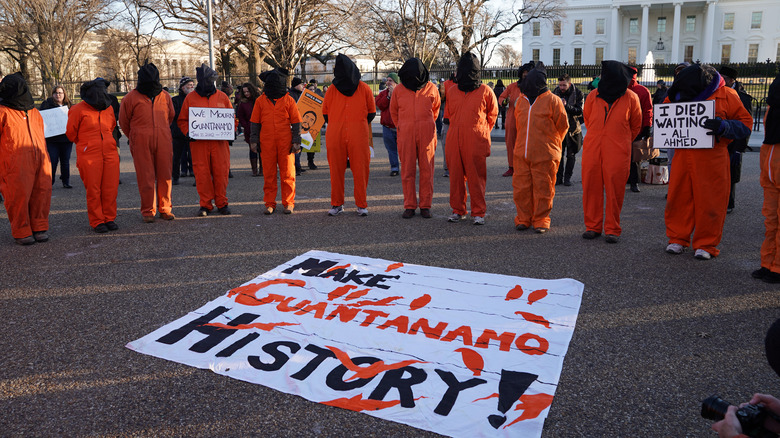
Inside The CIA's Horrific Sleep Deprivation Chambers

The Haunting Story Behind The Painting Of The Anguished Man

What You Should Know About The Last Native Speaker Of Manx
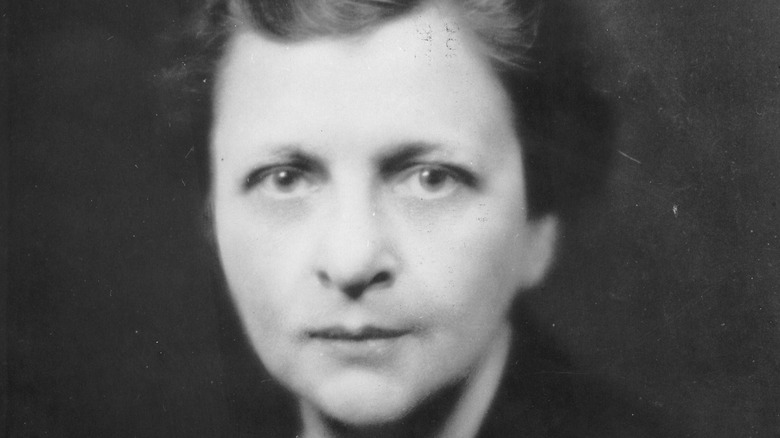
How Frances Perkins Changed Society After Witnessing Multiple Deaths

The Hidden Danger Of Bald Eagles You Never Knew About

The Trick Ed Kemper Used To Make His Victims Feel Safe

The Song Aileen Wuornos Requested For Her Funeral
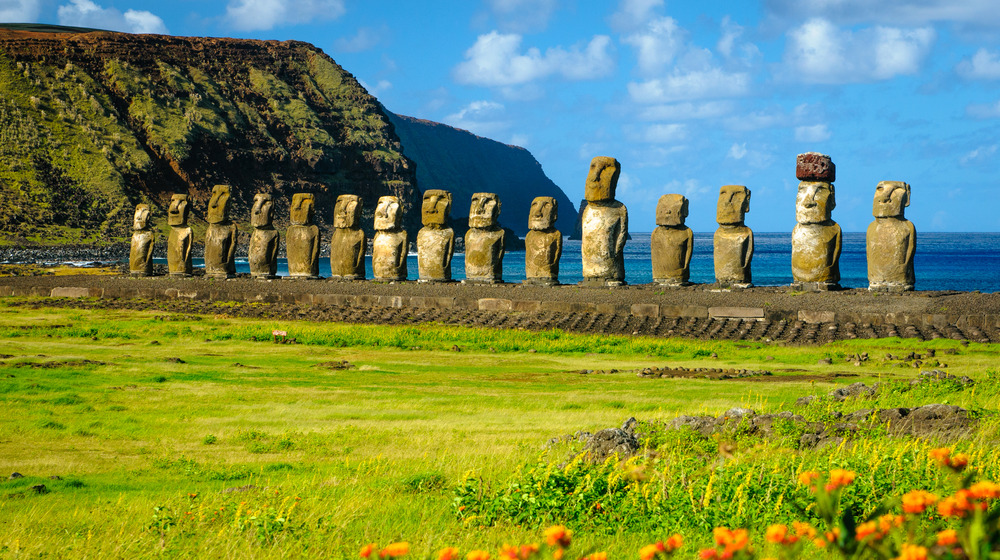
Do People Actually Inhabit Easter Island?

The Most Dangerous Jobs To Have In 2021
